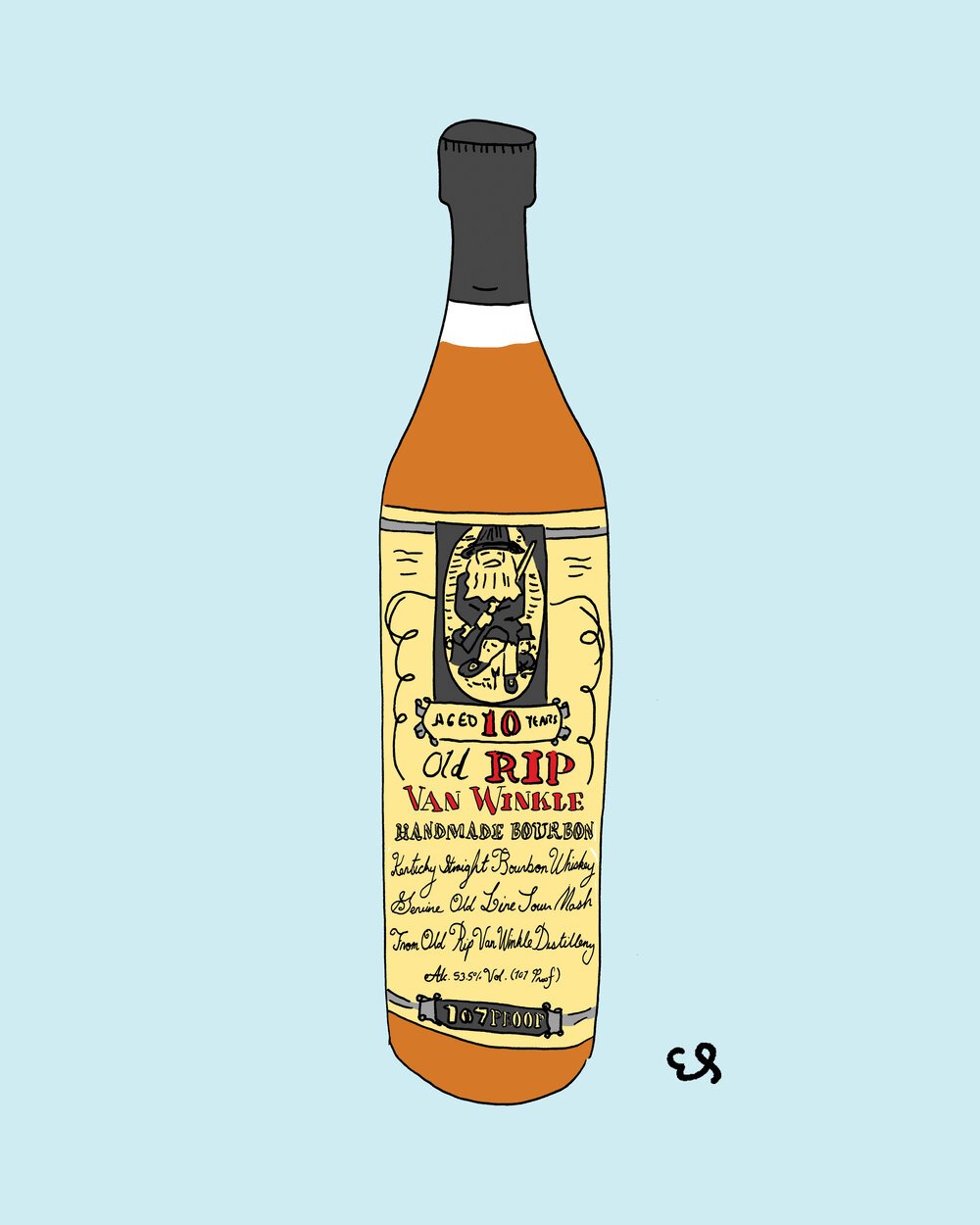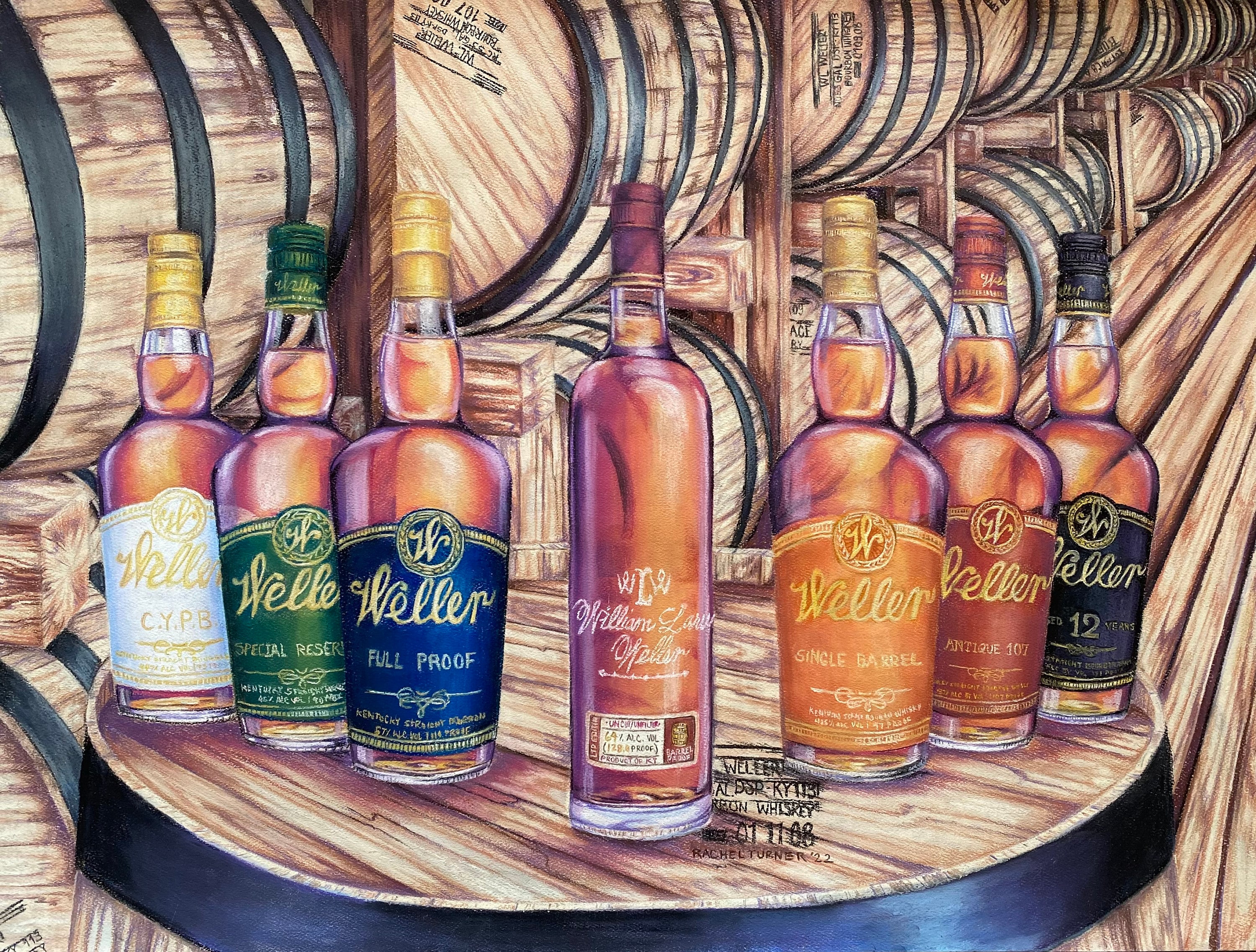Bourbon Art in Contemporary Culture: Where Custom Satisfies Technology
The Importance of Whiskey Art in Celebrating Heritage and Craftsmanship in the Beverage Sector
The detailed connection in between whiskey art and the celebration of heritage and workmanship within the drink industry can not be overstated. Through attentively developed labels and containers, whiskey brands encapsulate their historic roots and the artisanal skills that define their manufacturing techniques. This creative dimension not only enhances market charm but likewise works as a channel for social narration, cultivating a much deeper connection between the customer and the craft. As we explore the numerous facets of this topic, interesting questions concerning the influence of modern-day trends on traditional practices arise, motivating further exam.
The Historical Roots of Whiskey
At the heart of whiskey's allure exists a rich tapestry of historical roots that trace back to old people. The beginnings of whiskey can be connected to the purification practices of the Sumerians and Babylonians around 2000 BCE, where early forms of fermented grain drinks started to arise. However, it remained in the Center Ages that the art of distillation evolved significantly, specifically in Ireland and Scotland, resulting in the creation of scotch as we know it today.
The term "bourbon" itself stems from the Gaelic word "uisce beatha," indicating "water of life." This expression underscores the cultural importance of whiskey in Celtic societies, where it was usually related to routines, events, and common bonding. By the 15th century, distillation came to be a recognized craft within monastic neighborhoods, leading the way for the facility of legal distilleries.
As trade routes increased, whiskey's appeal grew, transcending regional borders and catching the passion of lovers worldwide. Limited Edition. This historical trip reflects not just the craftsmanship behind scotch production however additionally its indispensable function in social and cultural contexts, marking it as a considerable drink throughout background
Artistic Expression in Branding
Bourbon branding stands as a compelling junction of virtuosity and business, where visual identification plays an essential function fit customer understanding. The aesthetics of bourbon tags, product packaging, and advertising products reflect not just the brand's story yet likewise its core values and heritage. Via imaginative expression, distilleries communicate a narrative that resonates with customers, stimulating feelings and triggering connections.
The use of shade, typography, and images in branding serves to distinguish items in a saturated market. For instance, conventional motifs may stimulate a feeling of authenticity and workmanship, while contemporary layouts can signify advancement and forward-thinking. This critical creative direction boosts brand name acknowledgment and commitment, allowing consumers to forge a personal connection with the scotch they select.
In addition, creative expression in branding commonly functions as a celebration of regional heritage. Distilleries frequently include local icons or historic references into their styles, creating a local color that welcomes customers to engage in a more comprehensive social experience. Inevitably, the virtuosity behind whiskey branding not just boosts aesthetic charm yet likewise enriches the overall narrative of the brand, fostering a deeper recognition for the workmanship and heritage ingrained in each container.
Craftsmanship in Bottle Design
The creativity evident in whiskey branding expands past aesthetic identification to include the craftsmanship associated with container design. Each bottle offers as a vessel not simply for the spirit within, however likewise for the story it outlines its beginning, high quality, and tradition. The layout process requires precise attention to detail, as aspects such as shape, material, and closure add significantly to the total perception of the bourbon.
Craftsmanship in container design includes picking high-grade glass that can improve the scotch's shade and clarity, while likewise giving a responsive experience for the consumer. The silhouette go to the website of the bottle have to be both useful and visually enticing, commonly showing the heritage of the brand name. Several distilleries select distinct forms or embossed logos that evoke a sense of authenticity and history.
In addition, the tag layout and typography play an important duty in connecting the brand's story. Limited Edition. A well-crafted container not just captivates the customer's eye yet likewise reinforces the brand's commitment to top quality and tradition. In this way, the workmanship of container design comes to be an essential element of the whiskey experience, merging artistry with a profound regard for heritage
Cultural Significance of Bourbon Art
Commemorating tradition and craftsmanship, the social significance of bourbon art goes beyond mere appearances, intertwining with the social and historical narratives of the regions where it comes from. Each container offers as a canvas, depicting the distinct tales, folklore, and customs that have actually formed regional whiskey-making methods. The complex layouts frequently show the heritage of the distillers, including symbols and themes that resonate with the society and worths of their neighborhoods.

Furthermore, whiskey art plays an essential function in public celebrations and check out this site parties, serving as a concrete web link in between people and their shared experiences. By valuing the creativity in whiskey packaging, customers grow a deeper understanding and respect for the craft, ultimately enhancing their pleasure of the beverage itself.
Modern Trends in Bourbon Presentation
Recently, the discussion of whiskey has evolved to reflect contemporary tastes and fads while still honoring standard craftsmanship - Bourbon Art. Distilleries are increasingly focusing on visual components that improve the overall alcohol consumption experience, connecting the gap in between heritage and modernity
Innovative bottle layouts have emerged, often including sustainable materials and creative labels that inform compelling tales. Many brand names now collaborate with neighborhood musicians, infusing their items with distinct visual expressions that reverberate with customers. In addition, limited-edition launches are often packaged in collectible containers, adding value and appeal for aficionados.

Verdict
In final thought, scotch art serves as an important channel for sharing the heritage and workmanship intrinsic in the beverage sector. With intricate branding, innovative bottle styles, and culturally considerable imaginative aspects, whiskey brands properly honor their traditions and connect with customers.


Craftsmanship in bottle design includes selecting high-grade glass that can enhance the scotch's shade and clearness, while likewise giving a tactile experience for the customer. In this method, the craftsmanship of bottle design ends up being a crucial facet of the whiskey experience, combining virtuosity with a profound regard for heritage.
In conclusion, whiskey art offers as a vital channel for revealing the heritage use this link and workmanship inherent in the drink market.